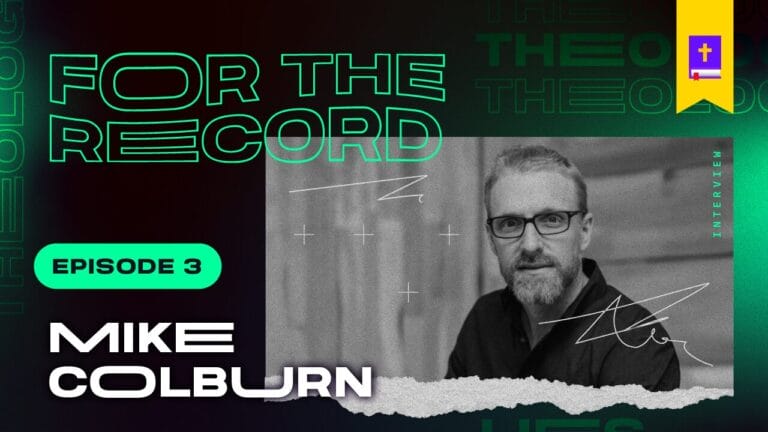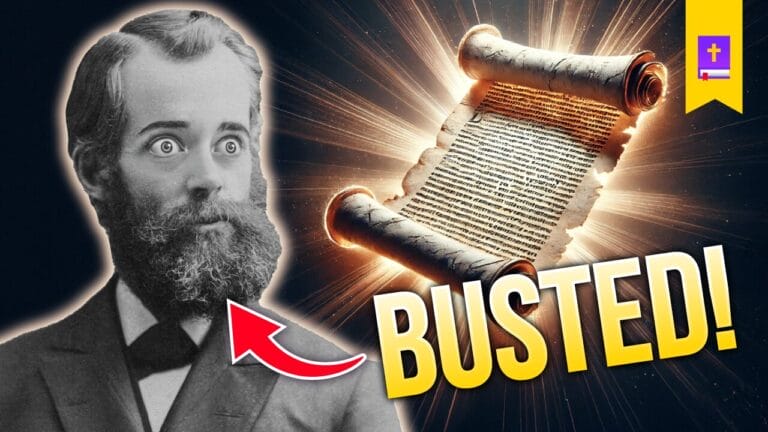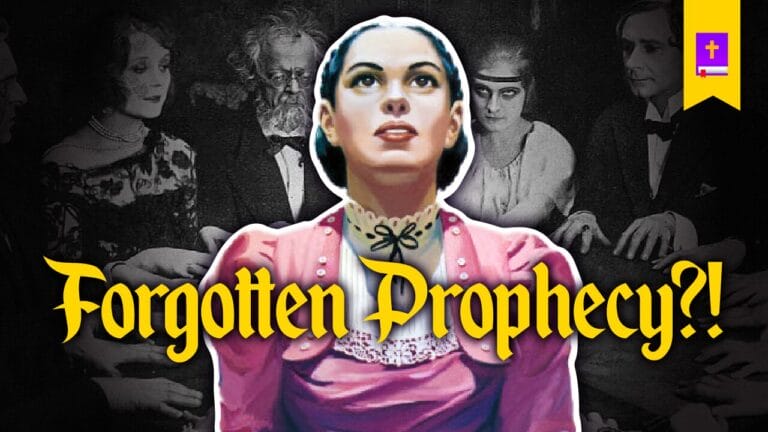Fundamental to Seventh-Day Adventism is their school of eschatological thought which is the school of historicist premillenialism. Unlike within Christianity, Adventism’s foundation is built upon eschatology—their entire system of theology depends upon being correct on their interpretation of bible prophecy. Because of this, they see no room for varying eschatological viewpoints because any other view would cause Adventism to topple. Which means preterism, idealism, and dispensationalism are not compatible with Adventism.
Many Adventist apologists and pastors, such as Kevin Paulson of ADVindicate, claim that the preterist school of eschatology is a product of the Jesuits, namely Luis de Alcasar, as a counter-reformation position proposed to refute the Protestant Reformation—citing Wikipedia as the source.
This is simply not true. As even Wikipedia rightly notes, Luis de Alcasar is credited with systematizing preterism, not originating it. Those are two very different things.
Systematizing takes place after something has already been around, discussed, etc. and one then eventually organizes that information. The preterist understanding to prophecy was around long before Alcasar and the Jesuits in the 16th century.
However, an important distinction that must be made in this discussion is between full preterism (also known as hyper-preterism) and partial preterism. Hyper preterism is a heresy which claims that all of biblical prophecy has been fulfilled, namely in A.D. 70, including the resurrection, the Second Coming, etc. This is not to be confused with partial preterism which understands much of Bible prophecy to have been fulfilled already, but not all.
The argument between the varying schools of eschatology primarily comes down to understanding Jesus’s word in the Olivet Discourse (Matthew 24). The preterist school of interpretation sees much of biblical prophecy being applicable and fulfilled in the generations the letters were written to (Matthew 24:34). In the case of the book of Revelation, for example, the preterist school would see much of the imagery and language referring to things soon to take place in that generation (Revelation 1:1-3; 22:6, 10) culminating in the destruction of the temple in A.D. 70.
The Jesuits (Society of Jesus) came into existence in 1540 which would mean any sort of historical data prior to then that favors partial preterism would refute the idea that it is a product of the Jesuits.
One of the best known and preserved of the ancient preterists is Eusebius (A.D. 260-340)—the father of church history. In his Ecclesiastical History, he details Jerusalem’s woes in A.D. 70. After citing Josephus’s Wars of the Jews, he writes:
It is fitting to add to his accounts the true prediction of our Saviour in which he foretold these very events.
Eusebius, Ecclesiastical History, 3:7:1-2
He then refers to the Olivet Discourse, citing Matthew 24:19-21 as his primary reference and later Luke 21:20-4 where he then concludes with:
If any one compares the words of our Saviour with the other accounts of the historian [Josephus] concerning the whole war, how can one fail to wonder, and to admit that the foreknowledge and the prophecy of our Saviour were truly divine and marvelously strange.
Eusebius, Ecclesiastical History, 3:7:7
Another ancient Christian known for his partial preterist understanding of bible prophecy was Clement of Alexandria. In his Miscellanies, he discusses Daniel’s 70th week as a past event:
The half of the week Nero held sway, and in the holy city Jerusalem placed the abomination; and in the half of the week he was taken away, and Otho, and Galba, and Vitellius. And Vespasian rose to the supreme power, and destroyed Jerusalem, and desolated the holy place.
Clement of Alexandria, Miscellanies 1:21
In his Interpretation of the Revelation, 6th century Bishop Andrew of Caesarea wrote, commenting on Revelation 6:12:
There are not wanting those who apply this passage to the siege and destruction of Jerusalem by Titus.
Andrew of Caesarea, Commentary on Revelation
He continued by saying, commenting on Revelation 7:1:
These things are referred by some to those sufferings which were inflicted by the Romans upon the Jews.
Andrew of Caesarea, Commentary on Revelation
According to Henry Wace, a church historian, Andrew’s commentary is “the earliest systematic exposition of the book in the Greek church.” Andrew’s himself informs us that he wrote it in order “to unfold the meaning of the Apocalypse, and to make the suitable application of its predictions to the times that followed it.”
The SDA Church loves to tout that they are “heirs of the Reformation” because they affirm the eschatology of the Reformers that most modern Protestants have abandoned (the historicist school of thought). But even this is not truthful as not all of the Reformers were historicists, some were partial preterists, such as Hugo Grotius (1583-1645) and Jean LeClerc (1657-1736).
Regardless of which school of eschatology one favors, it can conclusively be demonstrated that preterism was not originated by the Jesuits in the 16th century like some in the SDA Church like to tout. And claiming something is tainted by virtue of association with a heretical group, such as the Jesuits, is to commit the genetic fallacy. It isn’t wrong simply because Jesuits might agree with it.
The reality is the SDA Church is built upon eschatology as their foundation and can’t possibly have any other school of understanding be allowed on this topic without their system collapsing. Which means they will use any thing they can to try and dismiss any varying understanding in this area—including blaming the Jesuits.










